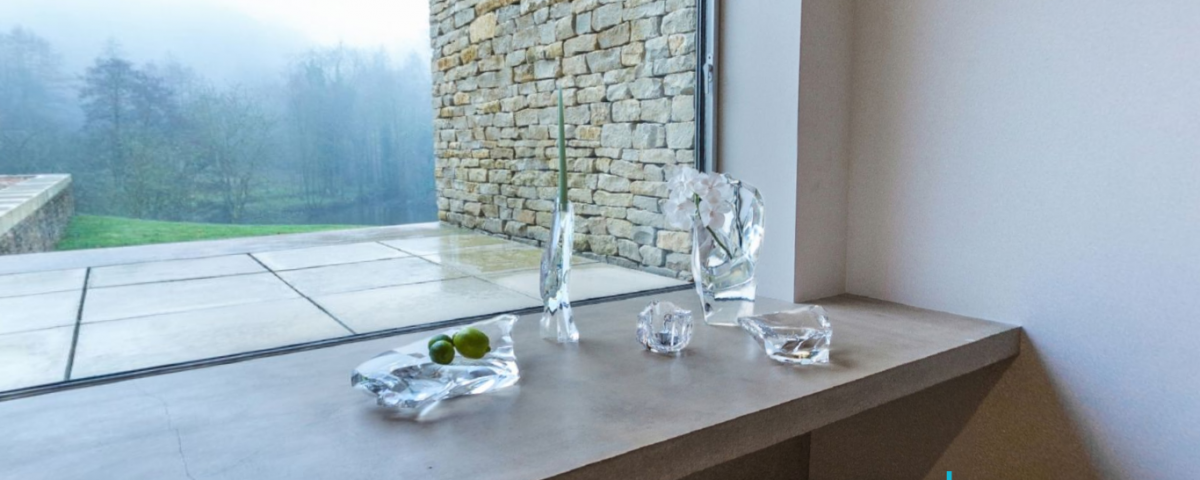The appetite for virtual reality is here and it extends well beyond gaming. For years, VR has been associated with gaming and mistaken as a technology primarily used by young men. As the technology has matured and the amount of available content has grown, VR has emerged as a vibrant experience that will appeal to anyone, regardless of age or gender. Today, virtual content can be viewed on a computer or smartphone just as easily as a headset, making it available to anyone, regardless of the growth of the headset market. In addition to VR’s massive reach and appeal, brands have an opportunity to build rich experiences that can cost the same as standard, linear video but keep consumers’ attention four times as long.The experiences YouVisit creates span an average of ten minutes long per user, proof that in an era of shrinking attention spans, VR has some serious staying power.
Convey space, location and even culture
VR does a great job of conveying space in an environment, so corporate recruiting is a big market for VR within the enterprise level space. YouVisit has done work with Fortune 100 companies, such as PricewaterhouseCoopers, Accenture, Pilot Flying J and even the United States Army to convey not just space and a particular location but also culture and what daily life might be like. VR allows the user to jump into a space, emotionally connect to the brand, building a much deeper and an authentic sense of the culture and the environment.
The five tenets of powerful VR
-
1.
Give the customer control.
Branded VR experiences should offer more interactivity than 360° video, where the only available action is to look around. The more interactive you make an experience, the more deeply engaged the viewer and the longer they stick with the content. When any branded experience is driven by the user, as opposed to the brand, the user is in a place where they’re empowered, they’re in control. For brands to use VR and be loved, it has to be within this paradigm – if it’s a top-down, authoritarian approach and viewers are relegated to simply listen and watch, the connection won’t be there – and not in a lasting way. Once people take off a VR headset, that ten-minute long experience stays with them and, as a result, brand affinity sharply increases.
-
2.
Let your brand’s personality come through.
In a traditional eCommerce environment, you’re limited to offering flat photos with bullet points that describe your product or service, making it difficult to convey deeper brand personality. In VR, you can place a consumer into a highly stylized, branded environment essentially mimicking the showroom experience and offering surprising delight.
-
3.
Use design to tell your story.
Like with any visual medium, attention to detail is critical. While background visuals in VR have to set the stage, flourishes like text are the difference between a gimmicky experience and an immersive one. YouVisit built an experience for an award-winning chef that transported users into his test kitchen, offered recipes and cooking lessons in VR, and provided an opportunity to purchase his cookbook. When building the VR experience, some real thought went into the font choices as the chef’s cookbook contains recipes from Tuscany, where he grew up and learned to cook, so the script font treatments evoked the terra firma of Tuscany. The right text informs everything about the experience. When placed in context, all of the choices around font, color, stylization, even placement within the space, help build a sense of empathy on the part of the user and drench them within the brand and the overall message that you’re trying to convey.
-
4.
Make it a purposeful place.
VR is going to take off when its uses are purposeful. When consumers can use VR for something like buying items in their daily lives then it becomes much more a „have-to-have device“ as opposed to a „nice-to-have device.“ The Swarovski and MasterCard experience is tremendously exciting, exceptionally cool and a prime use case for this idea. The first of its kind, it enables payment processing from within the experience. It’s seamless and, frankly, will be a model for how retail will work in VR for the future. If you want to encourage this kind of engagement in an experience, use text as a 2D pop up with a button or a CTA and promote users to interact.
-
5.
Capture behavioral data.
Once you’ve built a branded VR experience that your customers can interact with, you have a space that can double as a focus group or research environment. Not only are you providing customers a way to test out your product or service, it would also be wise to track what they’re doing in the space. Retail brands like Ikea and Wayfair have created apps that allow customers to test how products might fit into their daily lives but that value also goes both ways. By monitoring and analyzing what your customers interact with in a virtual space, you can more deeply understand their preferences, unmet needs, what they’re buying and what they’re not.
What’s next?
As the penetration of the headset market continues to expand – and it will with the efforts of major companies like Adobe, Facebook, Google, HTC, PlayStation and Samsung – the percentage of the audience engaging with VR via headset will become the majority. Brands that leverage VR’s power of storytelling to build emotional connections with customers but also take it a step further to provide simple ways to convert, will own the successful experiences of the future.

